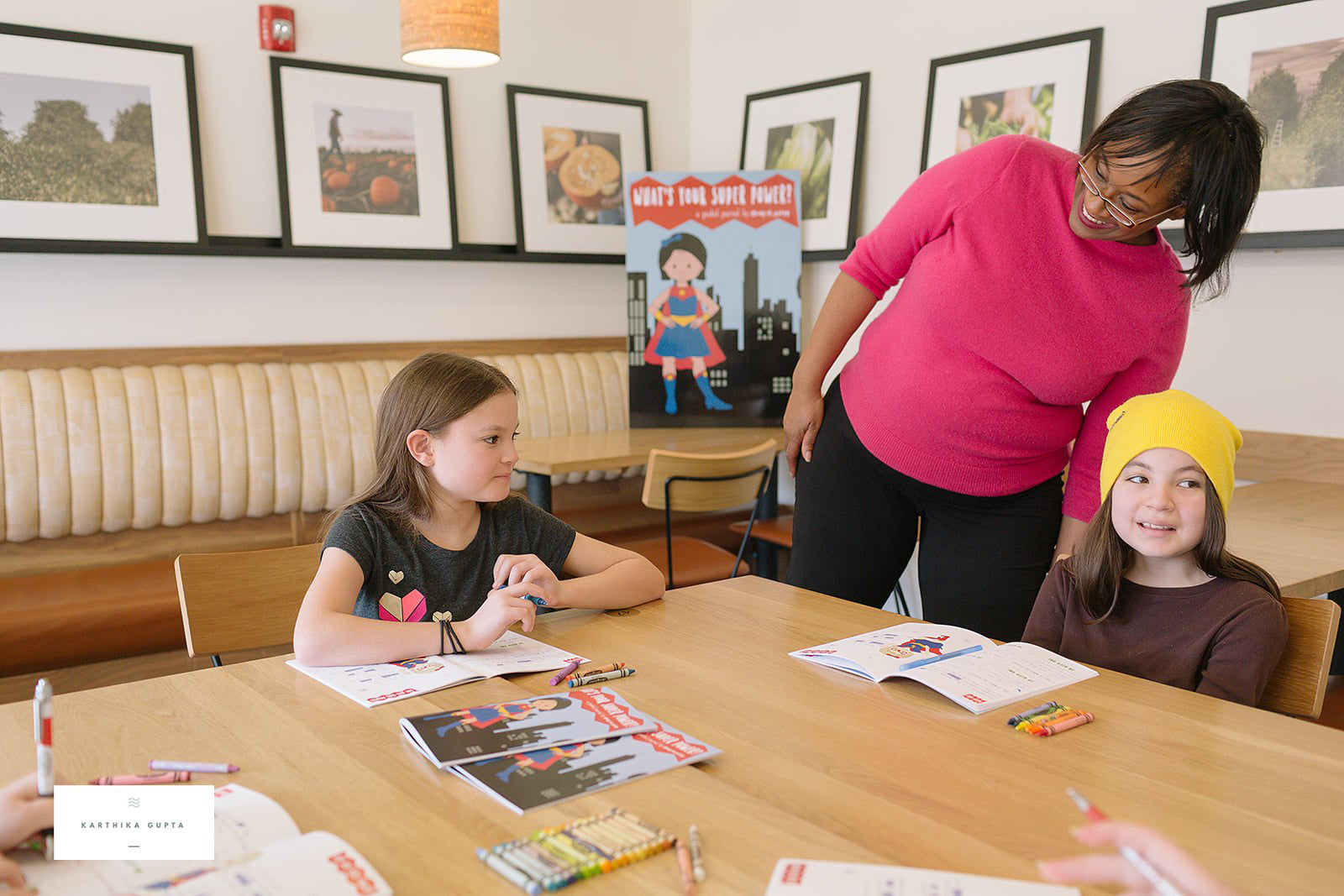
6 Ways that Pet Ownership Supports the Social Emotional Development of Kids
The last Sunday in April is National Pet Parents Day and the perfect time to write about the connection between pet ownership and emotional wellness.
I love animals. When I was a kid, we always had pets-- dogs, chickens, turtles, fish, and gerbils. I had a rabbit named Sam for 10 years, and my son had a couple of guinea pigs, Max and Buster, for 8 years. These pets were a source of joy for our entire family.
When I was a kid I wanted pets because they were cute and I thought they would be fun. While I was correct, I now know that a pet can also have a positive impact on a child’s emotional wellness and can be a rewarding, confidence-building experience.
- Reduces stress. Pets can help kids find calm during periods of stress. In fact, research has found that human-animal interactions not only reduce anxiety and depression, they can also help prevent negative feelings. When kids are feeling overwhelmed or sad, hugging a dog, stroking a cat, or holding a rabbit can help them feel much more calm and secure and can help reset their brains.
- Helps with social skills. Many kids struggle with social interactions and making friends. A pet can help by acting as a catalyst to connecting with others. For example, walking a pet dog can help kids meet other kids in their neighborhood. While conversations may initially center on pets, those conversations can help kids develop the confidence needed to talk about other topics and find other common areas of interest. This is the foundation of friendship.
- Provides companionship. Many pet owners consider their pets to be friends and even members of the family. For a child who has difficulty making friends or who does not have siblings, a pet can offer needed companionship.
- Teaches responsibility. One reason that parents get pets for their kids is to help teach them responsibility. While parents have the ultimate responsibility of caring for the pet, kids learn by helping. Helping with caring for a pet can lead to wins for the kid and boosts in confidence.
- Unites diverse groups. Pet ownership can provide common ground among kids who may believe that they are otherwise quite different. The topic of pets can provide an icebreaker and help kids eventually understand that they are more the same than different.
- Teaches empathy. Caring for a pet involves being attuned to and tending to the needs of the pet. Kids learn to understand and respond appropriately to nonverbal cues. As a result, kids with pets are generally more empathetic and compassionate toward others.
Whether the pet is a guinea pig, bird, dog, or cat, they are a lot of responsibility. However, pet ownership can support the social emotional health of kids and also bring joy to the entire family.
Stacey Montgomery
Creator, Why Is Different Awesome? Social Emotional Learning Program
@2021. Stacey Montgomery. All rights reserved.





Leave a Comment